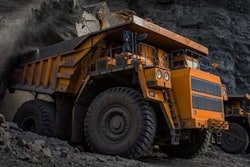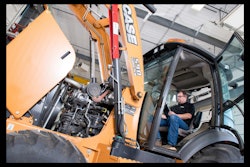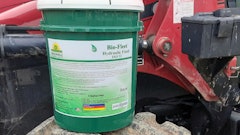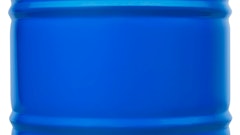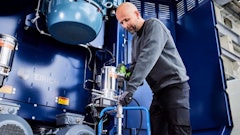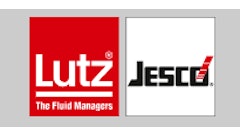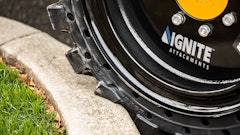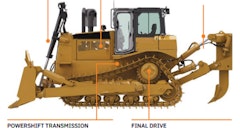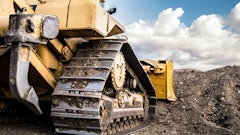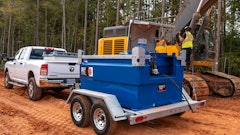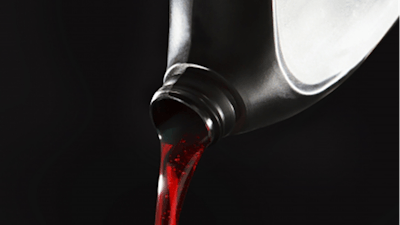
Originally published on Chevron Lube Matters blog
In an earlier article, we made the case that operators of heavy construction and mining equipment should lubricate their final drives and axles with oils that meet the Caterpillar FD-1 or FDAO specification, designed specifically to protect and extend the life of bearings and gears in those compartments. We allowed, however, that you could use a Caterpillar TO-4 lubricant — the same oils you’re likely using for the wet brakes, transmission and hydraulics — in the final drives of smaller, light duty off-road equipment that don’t have the same heavy load-carrying demands of larger, heavy duty vehicles.
Equipment size, type and application are important but not the only considerations in deciding whether to use a TO-4 oil versus an FDAO. The geography, seasonality and ambient temperature in which the equipment is operating are also critical factors. Going by the viscosity guidelines put forth by Caterpillar, a TO-4 drive train SAE 50 lubricant is suitable for light-duty final drives in temperatures ranging from 20o F up to around 120o F. A TO-4 SAE 30 can be used in temperatures from around 0o F to 50o F. In very cold climates with temperatures of about 10o F to -25o F, a TO-4 SAE 10W is recommended.
For light-duty vehicles such as bulldozers, operators typically maintain in inventory a TO-4 SAE 30 weight or 10 weight for the hydraulics and a 30 weight for the transmission, wet brakes and transfer case. In the interest of minimizing the number of lubricants in inventory, we are seeing more and more customers looking to move to a single fluid that can cover all these applications points, plus the final drives.
In response, Chevron offers a choice of multi-grade oils that meet the TO-4 specification and can cover applications calling for either a 10 or 30 weight oil. Delo TorqForce MP meets both the TO-4 and TO-4M specifications, while the synthetic version, Delo TorqForce Syn 5w20, meets the TO-4 spec. Both cover a fairly broad temperature range and are suited for transmission, wet brake, transfer case and even final drive applications within the temperature constraints noted above. This allows operators to consolidate with a single lubricant product without compromising performance.
As always, check your OEM requirements and talk to a Chevron industrial lubrication specialist if you have any questions. We’re here to help you get the optimal life and performance from both your oil and your equipment.
With over 35 years in the oil and gas industry, Dan Holdmeyer has worked for Chevron the past 14 years, serving in a variety of capacities with the company in addition to his current post as Industrial and Coolants Brand Manager where he works as a lubrication engineer that supports Chevron Delo and other related lubricants brands. He plays an integral role in supporting and managing a variety of programs related to off-highway and on-highway lubrication needs. Dan also works as Chevron’s Training Specialist for their Global Lubricants division since joining the company. Prior to joining Chevron, Dan worked as a Field Engineer at Mobil Oil Corporation for 20 years (1979-99) after graduating from the University of Missouri-Columbia with a Bachelor of Science in Chemical Engineering.



